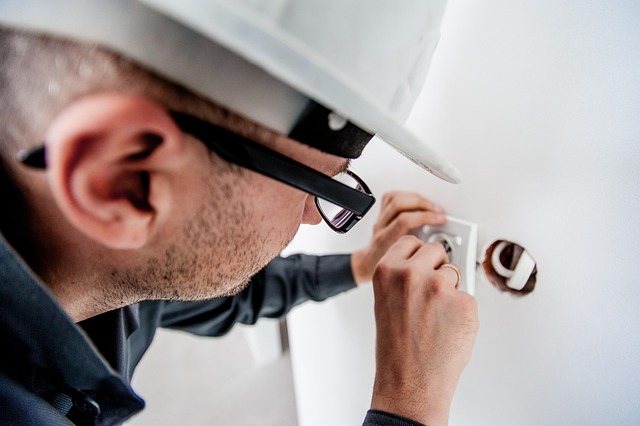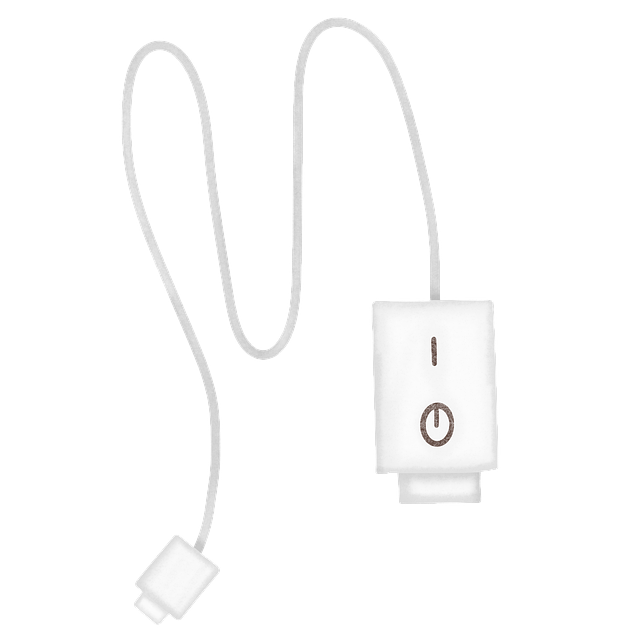Electricians play a crucial role in installing and maintaining backup power systems for critical facilities. They assess electrical needs, select generators based on fuel type, engine size, and power output, and ensure safe, efficient installation by adhering to local codes. During installation, they run cables, set up transfer switches, test functionality, and train end-users on maintenance. Prioritizing safety measures like ventilation, grounding, and protection switches is vital for reliable backup power systems that safeguard against power outages.
“Ensure uninterrupted power with professional generator installation! This comprehensive guide explores the intricacies of setting up robust backup power systems. From understanding the basics to selecting efficient generators, it delves into the crucial role of a qualified electrician. Learn how these experts navigate complex installations, ensuring safety and reliability. Discover key considerations for choosing the right generators, making your home or business resilient against power outages. Trust this article to illuminate the process, empowering you to make informed decisions with the help of trusted professionals—your local electricians.”
- Understanding Backup Power Systems
- Roles of an Electrician in Installation
- Choosing the Right Generators for Efficiency
- Safety Measures During Generator Installation
Understanding Backup Power Systems

Backup power systems are essential components for ensuring uninterrupted electricity supply, especially in critical installations such as hospitals, data centers, and commercial buildings. As an electrician, understanding these systems is paramount to providing effective solutions during power outages or blackouts. These systems typically consist of a backup generator that kicks in automatically when the main power grid fails, maintaining vital operations until the main source of electricity can be restored.
Electricians play a crucial role in designing, installing, and maintaining these generators. They need to assess the building’s electrical requirements, select appropriate generators, and ensure proper installation to guarantee safety and efficiency. This includes connecting the generator to the existing electrical panel, setting up transfer switches, and testing the entire system to verify its functionality during emergencies.
Roles of an Electrician in Installation

When installing generators for backup power systems, the role of an electrician is indispensable. They possess the specialized knowledge and skills to ensure that every component of the system—from wiring to circuit breakers—is correctly configured and meets safety standards. Electricians are crucial in identifying suitable locations for generator sets, designing efficient electrical systems, and integrating these systems with existing infrastructure seamlessly.
During installation, electricians perform tasks such as running cables, installing transfer switches, and testing the entire setup to guarantee its functionality and reliability. Their expertise is vital not only for adherence to local electrical codes but also for ensuring the overall performance and longevity of backup power systems. Moreover, they play a key role in training end-users on generator maintenance and safe operation procedures.
Choosing the Right Generators for Efficiency

When it comes to installing backup power systems, choosing the right generators is a crucial step for any electrician. The efficiency of a generator directly impacts its ability to provide reliable and sustainable power during outages. Electricians should consider factors like fuel type (diesel or gasoline), engine size, and power output in watts. Diesel generators, for instance, are known for their lower operating costs and longer lifespan, making them a popular choice for commercial and industrial applications. On the other hand, gasoline generators offer quicker startup times but may be less cost-effective in the long run.
For optimal efficiency, electricians should assess the specific power needs of the facility, considering peak load requirements and the number of devices to be powered. Matching the generator’s capacity to these needs ensures it operates at its most efficient, minimizing energy wastage and prolonging the lifespan of both the equipment and the system as a whole.
Safety Measures During Generator Installation

During generator installation, safety should be the top priority for any qualified electrician. This involves ensuring proper ventilation and grounding to prevent electrical hazards. All equipment and wiring must meet industry standards and be correctly rated for the intended load. Safety switches and circuit breakers are crucial components that safeguard against overloading and short circuits, protecting both the system and its users.
Electricians should also take precautions to avoid tripping risks by maintaining clear spaces around the generator and its components. Regular inspections and maintenance checks are essential to identify potential issues early on. By adhering to these safety measures, electricians can install reliable backup power systems that meet regulatory compliance and protect against unexpected power outages.
When it comes to ensuring uninterrupted power supply, backup power systems played by a crucial role. Installations of generators, handled expertly by qualified electricians, are essential components in this process. By understanding the importance of these systems and selecting efficient generators, homeowners and businesses can stay protected against power outages. Observing strict safety measures during installation, guided by industry professionals, is paramount to prevent accidents and ensure reliable backup power. Trusting your electrician for generator installs is a smart move that guarantees peace of mind.
